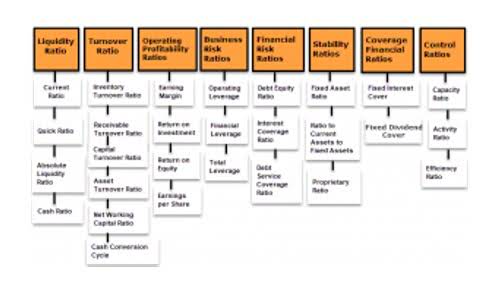![]()
They are initially recorded as a liability on the company’s balance sheet and then gradually transferred to revenue on the income statement over the contract period as the service is delivered. In the SaaS world, these financial statements take on nuanced complexities due to the recurring revenue model, deferred revenues, and the capitalization of certain expenses. Understanding how to prepare and analyze these statements in line with GAAP is a fundamental aspect of SaaS accounting, providing valuable insights into the company’s financial health and operational performance.
The essence of SaaS accounting is recording, interpreting, and analyzing financial data for a SaaS company. Specifically created for businesses that provide software-as-a-service, SaaS accounting is an accounting solution. Ohio and Connecticut tax SaaS differently depending on whether it is for business or personal use.
Best SAAS Accounting Software
Also referred to as cloud accounting, SaaS accounting is a type of accounting that hosts its application in “the cloud” (AKA through a service provider). This differs from traditional accounting, where critical information is hosted on local software. Relying on only booking and billings for assessing performance means that you may be looking at inflated numbers. A more accurate way is to keep tabs on recognized revenue, which is the actual amount earned by the business in exchange for the product or service. Revenue is the income earned when you actually provide your service to the customers.
These articles and related content is the property of The Sage Group plc or its contractors or its licensors (“Sage”). Please do not copy, reproduce, modify, distribute or disburse without express consent from Sage. These articles and related content is provided as a general guidance for informational purposes only. These articles and related content is not saas accounting a substitute for the guidance of a lawyer (and especially for questions related to GDPR), tax, or compliance professional. When in doubt, please consult your lawyer tax, or compliance professional for counsel. Sage makes no representations or warranties of any kind, express or implied, about the completeness or accuracy of this article and related content.
Build a Stronger Relationship with Your Revenue Leader
While invoicing usually lives in a SaaS company’s accounting system, it’s not the same as the revenue item that is officially recognized under the GAAP revenue recognition definition. For a business that bills and collects immediately, this is a much less important accounting metric. Examples would include a consumer-SaaS company that bills and collects through an app store – billing https://www.bookstime.com/articles/how-to-choose-the-best-startup-cpa-service and collection happen at the same time, so there is no need to monitory this metric separately. GAAP (Generally Accepted Accounting Principles) are created by FASB (Financial Accounting Standards Board), and GAAP uses accrual accounting. Cash-basis Accounting is a straightforward method where revenue is recognized when cash is received, and expenses are recorded when paid.

It involves tracking revenue, expenses, cash flow, and taxes, among other financial activities. This method can provide a more accurate picture of your business’s financial health, as it takes into account all revenue and expenses, even those that have not yet been received or paid. However, it can also be the most difficult to implement and may require the most accounting expertise. SAAS businesses often have unique expenses that need to be tracked, such as server costs, software development costs, and customer support costs. These expenses can vary greatly depending on the size of your SAAS business and can make accounting more complex than traditional businesses. Deferred revenue is even more complicated since it’s not as easy of a financial figure to understand.